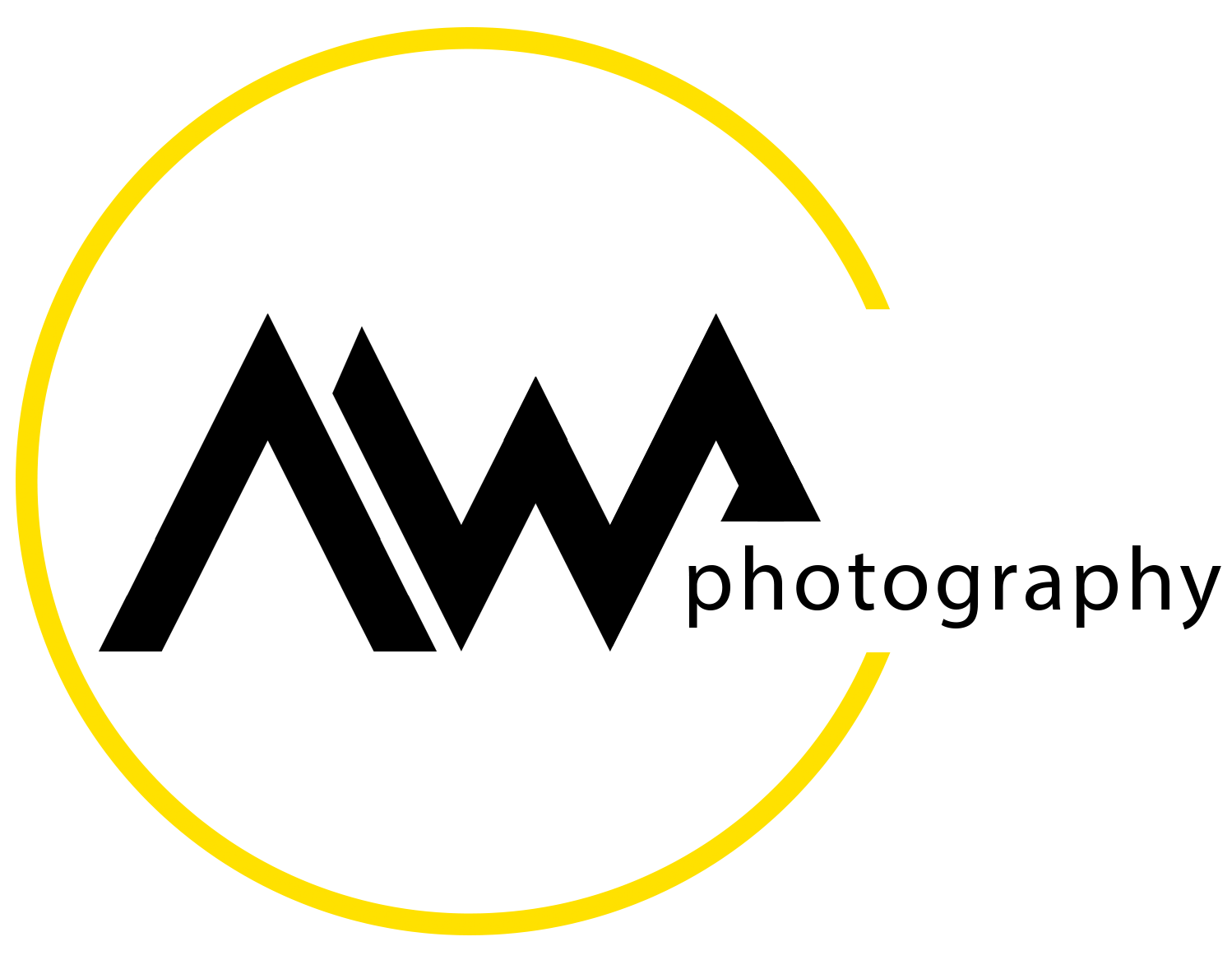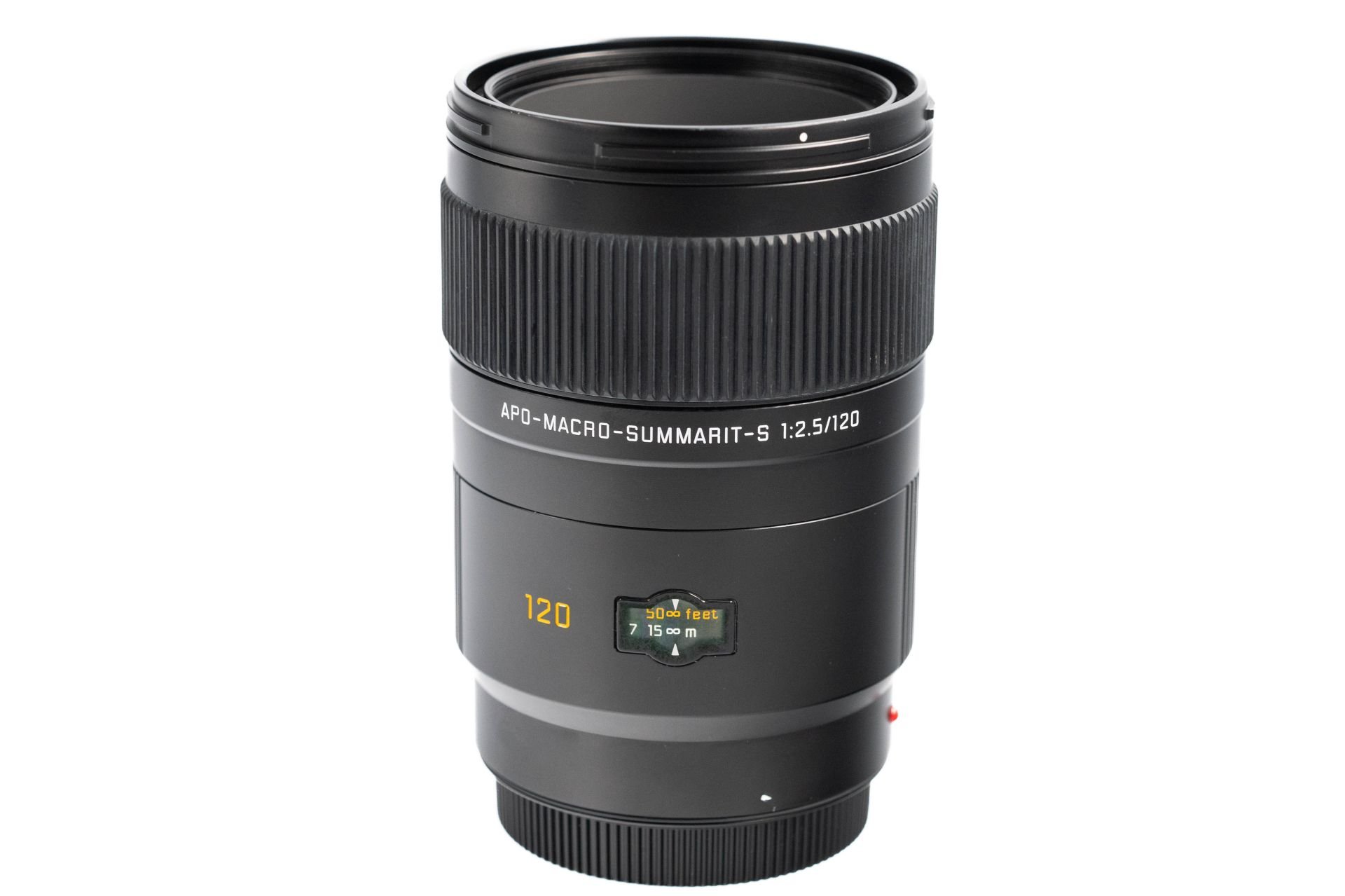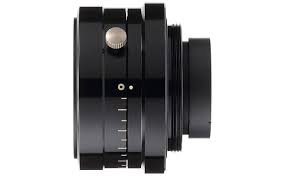Diopters and Photogrammetry
/LATE ENTRY!
I forgot to include the AfterStack19 invitation in my original posting of this blog - please join us on Saturday at 10AM for one of the most helpful and informative post-production round tables you are likely to find! Here is the invitation (and it is FREE)…
Allan Walls is inviting you to a scheduled Zoom meeting.
Topic: Afterstack19
Time: Mar 22, 2025 10:00 AM Central Time (US and Canada)
Join Zoom Meeting
https://us02web.zoom.us/j/6916802815?pwd=TS9tZi9ZL1NXeVUvOUF4eTg5YjdlZz09&omn=81124304990
Meeting ID: 691 680 2815
Passcode: 678122
And here is your link to the Google Drive folder where you may deposit any images you would like to share with the group - https://drive.google.com/drive/folders/1XA7tv9O2SW0TGRjiIIRBzMRMAu-ZAkKe?usp=share_link
And now, back to the post -
Greetings All,
incoming!
I am so glad Monday is here and I can take a breather after a marathon weekend of getting caught up on all the projects that have been piling up since the beginning of the year. This is my desk this morning…
If you are waiting on me to send you something, there is a good chance it will be on its way to you before the end of the day. If you are with the IRS and are waiting for me to pay my tax bill for last year, please be patient.
Before telling you about this week’s activities, I need to remind you that I will be out of the studio next week and so there will be no Macro Talk Too on Thursday 3/27 and no Pzoom on Saturday 3//29/25. I hope to be back streaming on April Fools Day, when I will give you a rundown of what I learned at the Florida Convention of Camera Clubs during my visit.
This week I will be kicking things off with a discussion, mostly for newcomers, on the subject of close-up filters in macro photography. I will be giving an overview of close-up filters and how they can be used in macro photography, along with useful information on the best filters available today. To join the conversation, follow this link at 8PM on Tuesday - https://youtube.com/live/3vj2mCfX4pY?feature=share
On Thursday’s Macro Talk Too I will be talking about my experience with photogrammetry in macro photography. I was asked to do this a little while ago, so here it is! The link to join the discussion is right here - https://youtube.com/live/pPmy3Uh3kDE?feature=share
On Saturday I will be hosting AfterStack 19 and in this episode it will be all about your pictures. You are invited to drop any images that you are having g trouble with into our shared Google drive folder and we will do our best to help you figure out how to get the best of each of them. Be sure to put them in the sub-folder for 3/22/25 so that Bud and I can get them in time for Saturday.
Does anyone actually own one of these mythical lenses? Photo Courtesy of Robert O’Toole
I will leave it at that today as I have a ton of preparation for the week ahead! See you soon!




















































